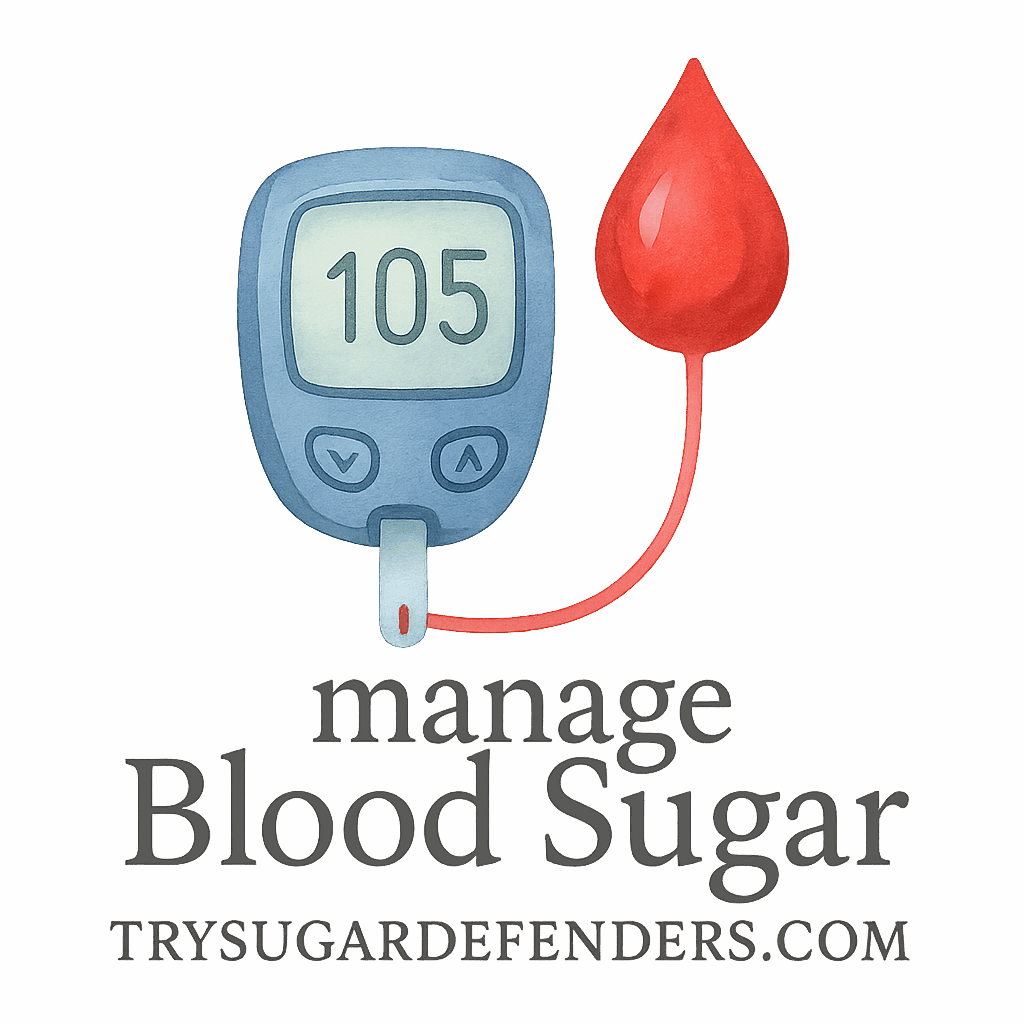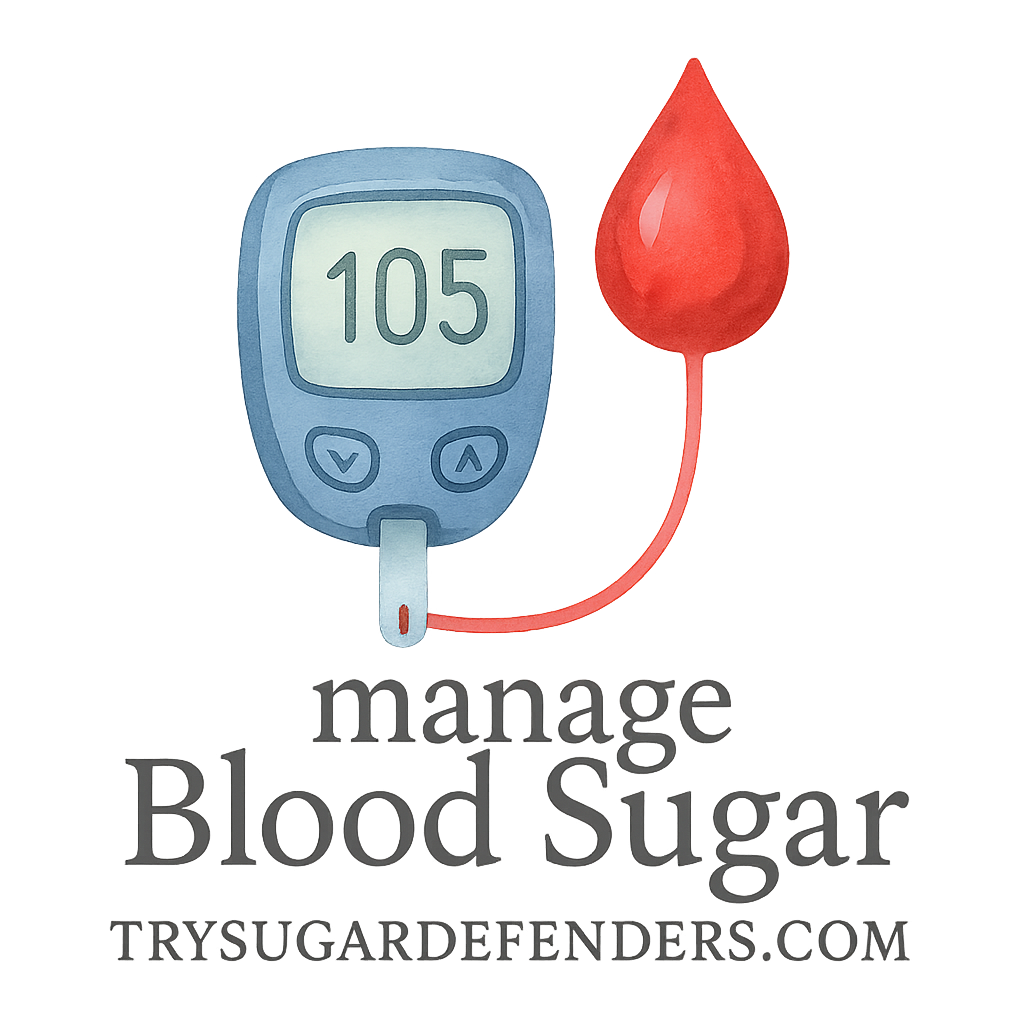Introduction
Controlling your blood sugar isn’t just about avoiding sweets—it’s a full-on strategy that involves smart choices, consistent habits, and yes, sometimes medication. Whether you’re newly diagnosed or revisiting your treatment plan, understanding the common medications for blood sugar control can empower you to take charge of your health.
This guide breaks down the 7 most commonly prescribed medications for blood sugar control, including how they work, their benefits, and things to watch for.
Understanding Blood Sugar Control
Why Managing Blood Sugar Matters
Blood sugar—aka glucose—is your body’s main source of energy. But when it gets too high or too low, things can go haywire. Poorly controlled blood sugar can lead to serious problems like nerve damage, kidney issues, heart disease, and even blindness.
That’s why having a reliable plan—and sometimes medication—is so crucial for people with diabetes or prediabetes.
Learn more about lifestyle choices that support healthy blood sugar in our Exercise & Lifestyle Guide.
Types of Diabetes That Require Medication
Not everyone with diabetes will need medication right away, but when diet and exercise aren’t enough, meds become a key part of the puzzle. Here’s how they usually align:
- Type 1 Diabetes – Always needs insulin.
- Type 2 Diabetes – May require oral meds or insulin, depending on progression.
- Gestational Diabetes – Sometimes requires temporary insulin or oral drugs.
Overview of Medications for Blood Sugar Control
How Medications Work in the Body
These meds usually fall into one of a few categories:
- Boost insulin production
- Improve insulin sensitivity
- Slow carbohydrate absorption
- Block sugar reabsorption in kidneys
- Replace or supplement insulin
Choosing the Right Treatment Plan
Every body is different, and so is every treatment plan. Doctors usually consider your blood sugar levels, weight, lifestyle, and any other health issues when deciding which medication fits best.
Don’t forget: Ongoing consultation with your doctor is key to long-term blood sugar management.
1. Metformin
How Metformin Helps
Metformin is often the first medication prescribed for type 2 diabetes. It lowers glucose production in your liver and makes your cells more sensitive to insulin.
It’s part of the reason why it’s a star in many diet and nutrition programs.
Common Side Effects
- Upset stomach
- Diarrhea
- Metallic taste
Usually, these side effects fade after a few weeks.
Who Should Use It?
Metformin is generally safe and effective for most people with type 2 diabetes, especially those who are overweight or obese.
2. Sulfonylureas
Mechanism of Action
These drugs stimulate your pancreas to release more insulin. They’ve been around for a while and include options like glipizide and glyburide.
Risks and Benefits
- Can cause low blood sugar if meals are skipped
- Budget-friendly and effective
- Works best early in type 2 diabetes
Find comparisons in our methods tag.
3. DPP-4 Inhibitors
A More Modern Option
DPP-4 inhibitors work by blocking an enzyme that breaks down GLP-1, a hormone that increases insulin and decreases glucose production after you eat.
Popular Brands You Might Know
- Januvia (sitagliptin)
- Onglyza (saxagliptin)
- Tradjenta (linagliptin)
These are often combined with metformin for added effectiveness.

4. GLP-1 Receptor Agonists
Weight Loss and Blood Sugar in One
These injectables mimic your body’s natural GLP-1 hormone, helping regulate insulin and reduce appetite. Yep, weight loss can be a happy side effect!
Learn more about healthy lifestyle plans that complement GLP-1 therapy.
Possible Drawbacks
- Requires injection
- Can cause nausea initially
- Expensive without insurance
5. SGLT2 Inhibitors
Kidney Function and Sugar Levels
SGLT2 inhibitors help your kidneys release more sugar through urine. Think of them like a pressure valve for excess glucose.
Learn how these meds pair well with monitoring and tracking tools.
Advantages and Watch-Outs
- May reduce heart failure risk
- Can lead to urinary tract infections
- Also aids in weight loss
Common options: Jardiance, Farxiga, Invokana.
6. Thiazolidinediones (TZDs)
Boosting Insulin Sensitivity
Drugs like pioglitazone and rosiglitazone improve how cells respond to insulin—making them especially helpful in insulin resistance.
Controversies Around This Medication
While effective, some TZDs have been linked to heart risks and weight gain. Always weigh the pros and cons with your healthcare provider.
For a deeper dive into side-by-side medication comparisons, explore our dedicated tag page.
7. Insulin Therapy
The Backbone of Diabetes Management
Insulin is essential for people with type 1 diabetes and often necessary for advanced type 2. It’s the hormone your body should make—but doesn’t make enough of.
Types of Insulin and How They Differ
- Rapid-acting: Works within minutes
- Long-acting: Steady release over 24 hours
- Intermediate: Covers half-day needs
Discover related guides on routine management and tracking tools.
Integrating Medication with Lifestyle
Importance of Exercise and Diet
No pill can replace a good diet or active lifestyle. Regular movement boosts insulin sensitivity, and what you eat directly affects your glucose levels.
Check out the Exercise & Lifestyle section to get started.
Mental and Behavioral Strategies
Sometimes, the biggest challenge isn’t the meds—it’s the mindset. Behavioral changes, mental strategies, and even CBT can support long-term blood sugar success.
Monitoring and Adjusting Your Medication
Working with Your Doctor
Medications aren’t set-and-forget. Your doctor will monitor your A1C levels and adjust your dosage based on how well your treatment is working.
Importance of Regular Blood Sugar Monitoring
Using devices like blood sugar monitors is essential for real-time feedback.
Learn about technology advances in monitoring.
Conclusion
Managing blood sugar is a marathon, not a sprint. While medications can be powerful tools, they work best when paired with a strong commitment to lifestyle, mental health, and consistent monitoring. Whether you’re using metformin, insulin, or one of the newer options, understanding how each works puts the power back in your hands.
Take the next step—talk to your healthcare provider, stay educated, and explore resources like TrySugarDefenders.com to support your journey.
FAQs
1. What is the safest medication for blood sugar control?
Metformin is widely considered one of the safest and most effective first-line treatments, especially for type 2 diabetes.
2. Can I stop taking my diabetes medication if my blood sugar is normal?
Not without your doctor’s guidance! Blood sugar improvements are often due to the medication itself.
3. Do these medications have side effects?
Yes—most do. Common ones include nausea, low blood sugar, or digestive issues. Always review side effects with your provider.
4. Are natural supplements effective alternatives?
Some people explore medical supplements, but they shouldn’t replace prescription medications without medical advice.
5. Can exercise reduce the need for medication?
Absolutely! Regular physical activity improves insulin sensitivity and may reduce medication dependence.
6. What should I eat while on diabetes medication?
A balanced, whole-food diet works best. Explore our diet resources for meal planning help.
7. How do I track the effectiveness of my medication?
Use monitoring tools and get regular bloodwork like A1C to assess long-term control.


